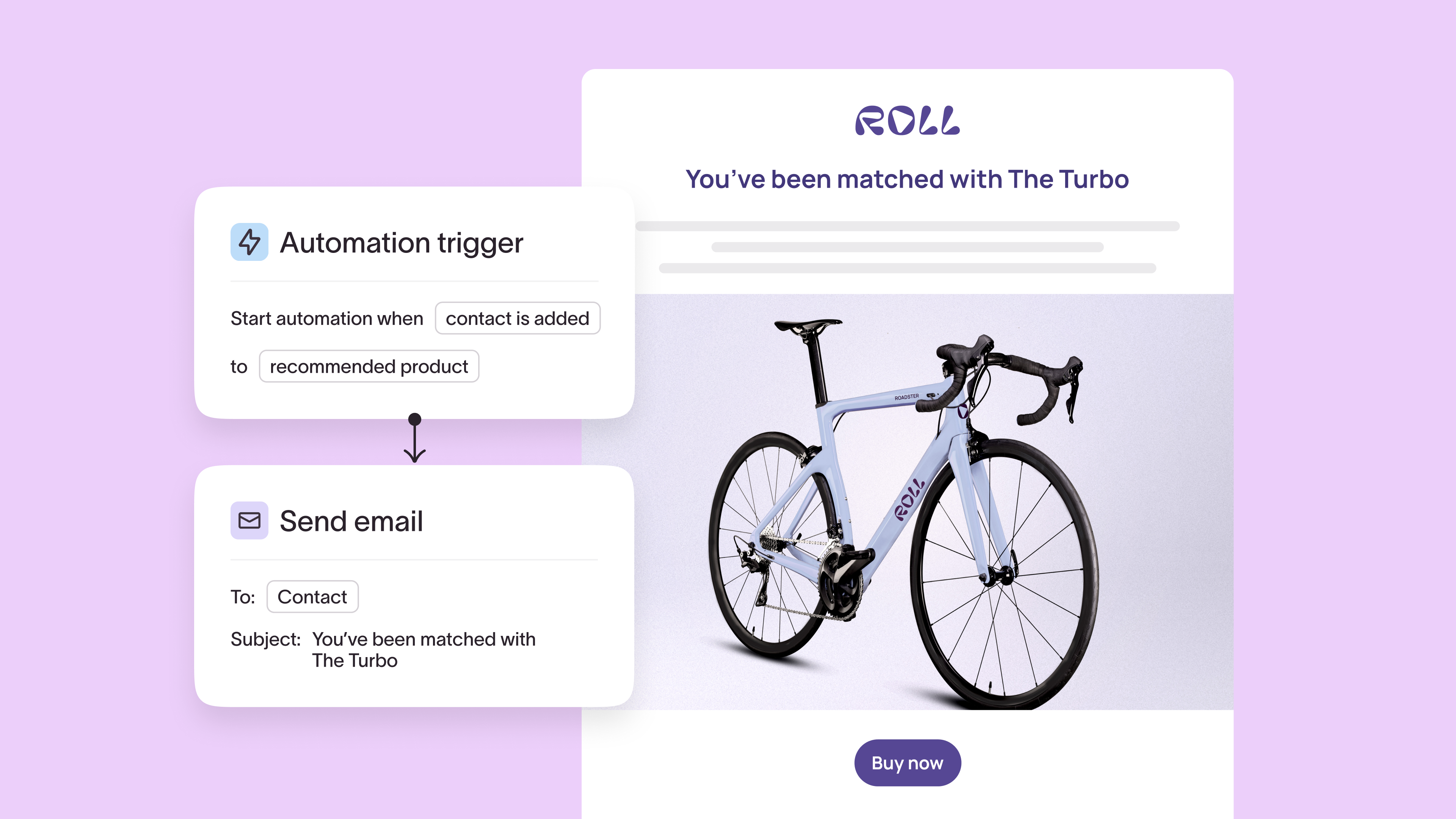What is enriched data and how to leverage it for growth
Data makes the world go-round. With high expectations from customers and often limited interactions with them to get the data you need, enriched data can be the help you need to meet their needs. Learn what it is and how exactly it can be leveraged to drive success.

Enriched data is a game-changer.
Think about it.
Customers have increasingly higher expectations—71% of customers expect personalization every time they interact with a brand and 76% express frustration when they don’t get it.
Personalization is a must, but we also know that asking customers for their data to provide a personalized experience can also be tricky. Form completion rates decline as you ask more questions. We found that forms with three questions had 28% higher completion rates than those with 10 questions. But three to six questions just aren’t enough to get a full picture of our customers.
So, how can we bolster the data we collect to make it more valuable? Through data enrichment. In this article, we’ll explain what enriched data is and how it fits into your marketing and sales data strategy.
The basics of enriched data
Enriched data is raw data that’s been enhanced with data from other, trusted sources. This process transforms basic data into a more valuable asset for decision-making. By enriching data, you make sure that datasets accurately and fully represent your audience.
Raw data vs enriched data
The differences between raw data and enriched data are simple. Raw data is unprocessed and is the data that your systems collect. It comes straight from either your customers, or internal sources. While enriched data, on the other hand, is augmented with data from additional sources—making it more strategic resource.
For example, raw customer transaction data might show what was purchased, but enriched data can also include the customer's demographic information, past purchase history, and social media interactions. This provides a wider, more complete picture of the customer and their unique needs, giving you an opportunity to provide them a more tailored experience. With enriched data, you can put more of the customer puzzle together, and with higher certainty.
Data certainty is becoming more important, as customer feedback and behavior might not always align. So, the more data to validate your strategies, the better.
Internal enrichment vs external enrichment
There are two ways to enrich your data: internal or external enrichment. Internal enrichment is essentially the unification of the customer data sources that you own. A common way of unifying customer data sources starts with aggregating data from your CRM and transaction data.
Unifying your customer data sources and performing internal data enrichment is important for several reasons. Internal data enrichment and unification:
- Breaks down data silos
- Reduces data loss
- Builds a more accurate picture of your customer
For more on how to unify your Go-to-Market (GTM) teams, streamline customer data, and build a better customer journey, check out our free Sales and marketing (mis)alignment ebook.
External enrichment is exactly as it sounds—it's enrichment through the help of external sources. These external sources, otherwise known as third-party sources, improve your data by adding broader context. External enrichment sources can be social media platforms, data providers, public data sources, and more.
Manual enrichment vs automated enrichment
Just as there are two types of sources to enrich your data with, there are two main ways to enrich your data: manual data enrichment and automated data enrichment.
Manual data enrichment involves manually adding information to data sets. This method can be time-consuming and prone to errors, and should be used for highly specialized or sensitive data where the human touch is needed.
The best way to introduce enrichment to your data is to use automated data enrichment workflows. By using automated tools and platforms to quickly and accurately enrich your data, you'll see more consistency and higher efficiency compared to manual enrichment. Plus, by going automated, you'll be able to process large amounts of data, apply enrichment rules, and update your datasets in real-time.

Get a complete view of your customers with Typeform for Growth, which combines high-level details from data enrichment with high-quality insights directly from your leads.
How to use enriched data
Now that we know what enriched data is, it's time to shift to how to use it. Enriched data can improve the quality of work for nearly everyone on your team. From marketing, to sales and product, to operations and finance, enriched data offers operational efficiency across the board.
Using enriched data for marketing
Enriched data can bolster your customer data profiles and give you the upper hand in your targeted marketing campaigns. By understanding your customers on a deeper level, marketers can create targeted campaigns that are more likely to resonate with audiences. And they can do this without fatiguing or alienating audiences by asking more and more questions. Enriched data can fill in the data gaps, so you can engage your audience on the questions that really matter, like their specific use cases or comments on your product.
Besides marketing campaigns, enriched data offers marketers a step-up in providing personalized customer experiences every step of the way. Leverage it to unlock tailored interactions, which in turn builds trust and increases loyalty.
Another secret power of data enrichment? Improving lead scoring and customer segmentation. The deeper insights offered by data enrichment help you identify and prioritize the most promising leads and prospects. Leaving you with a more streamlined process and happier customers.

Using enriched data to inform product development
You've heard the term, "data-driven", right? We'd put money on it. Product teams claiming to make data-driven product innovations need to be using data enrichment. Without it, you're missing valuable customer data—data about what they need and want, and what'll meet market demands.
Just like with marketing and sales data enrichment, knowing more about your customer will give you a better shot at meeting their needs and preferences. More data equals a better understanding of the gaps in the market and where the best opportunities for new offerings are.
Enriched data: the superhero your GTM team needs
Unified, automated data enrichment is essential for teams looking to kick data silos to the curb and provide better customer experiences. Enriched data can help teams make better, more informed decisions with more complete data. And with more complete data, you'll be primed to create more effective strategies, build better customer relationships, and ultimately, grow a more impactful business.
Try Typeform for Growth and see how easy and valuable data enrichment can be. Get started today.



.png)